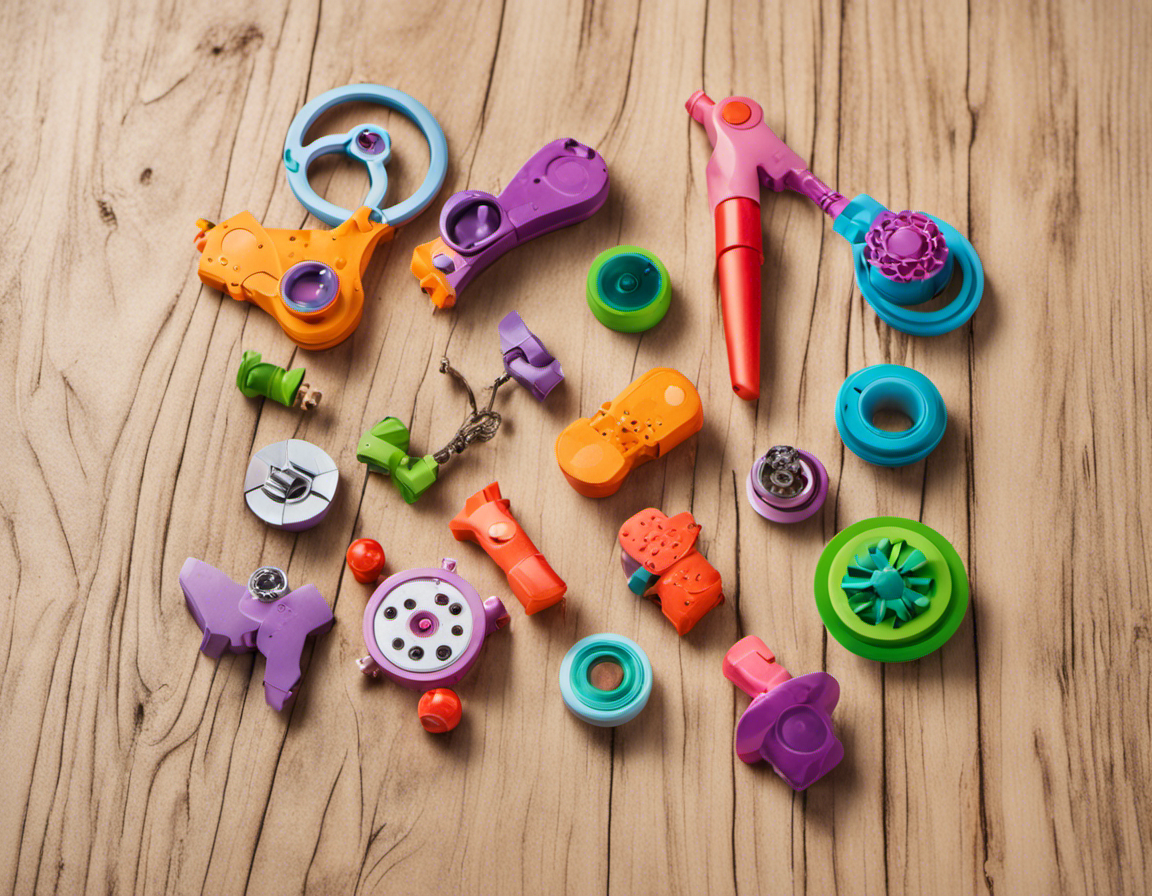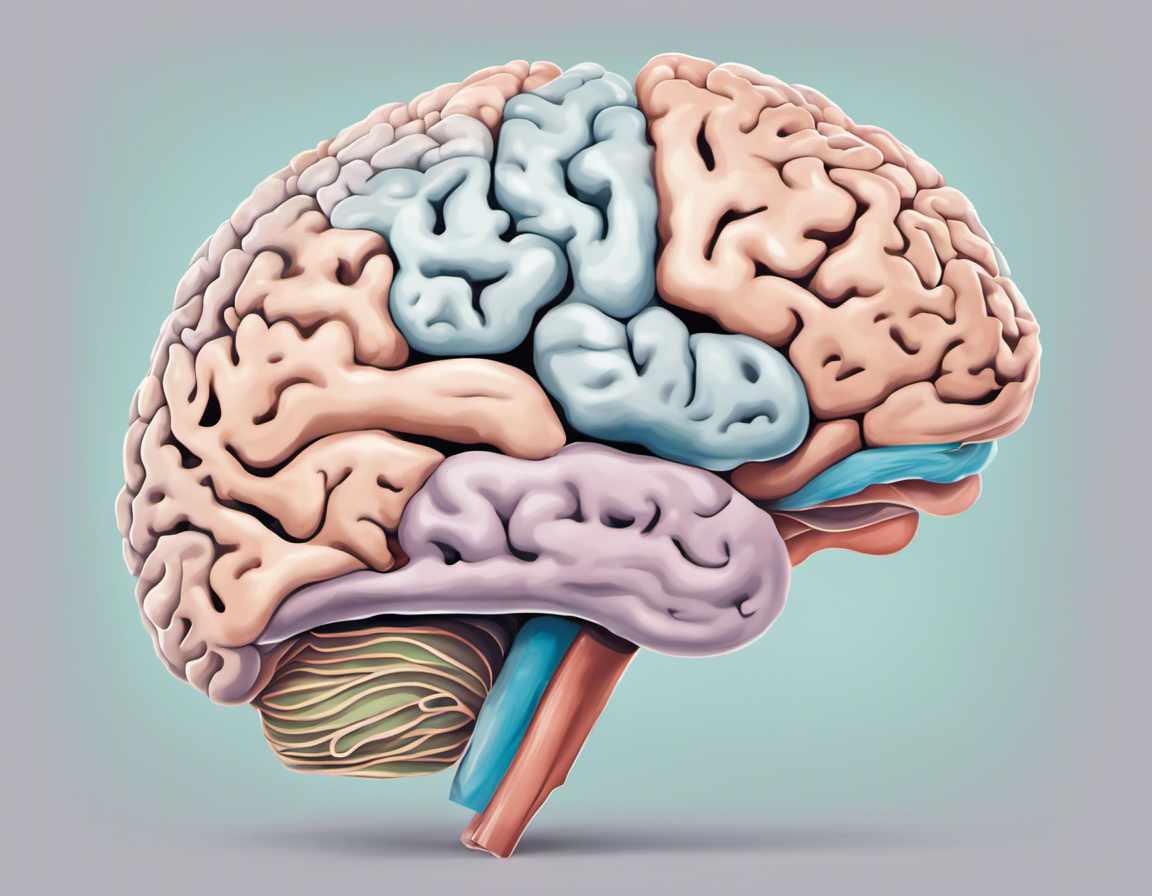ADHD Fidget Toys: Impact, Use, and Controversies

Have you ever noticed someone in your periphery incessantly tapping their pen, bouncing their knee, or twirling their hair? These are all manifestations of “fidgeting”- an act often associated with restlessness or boredom. However, a growing subsection of toys called fidget toys is turning this perception on its head. Fidget toys – including spinners, cubes, and sensory tools – have recently soared in popularity and ignited a lively discussion.
This article delves deeply into the world of these intriguing devices. We will discuss what fidget toys are and why they have rapidly gained momentum among both kids and adults. We will further explore their relation to Attention Deficit Hyperactivity Disorder (ADHD) and their role in managing this condition, providing an overview of scientific evidence we’ve come across that either supports or contradicts their use for ADHD.
We will also look at some popular fidget toys currently available in the market, distinguishing between sensory and non-sensory types. Rounding out our exploration, we’ll guide you on properly using these tools, considering where, when, and the dos and don’ts of utilization.
Lastly, we’ll delve into successful case studies of fidget toy use and present studies that doubt their efficacy.
Intrigued yet? We aim to unravel the world of fidget toys for you – the science behind them, the controversy surrounding them, and everything in between. Whether you’re an ardent advocate or a skeptical observer, this comprehensive analysis promises to engage, inform, and perhaps even shift perceptions.
Introduction to Fidget Toys
Fidget toys, a term often associated with restlessness, distraction, or mere boredom-busting tools, have expanded their popularity across all age demographics. Understanding their nature and purpose is crucial to appreciate their growing relevance in today’s fast-paced world.
Understanding Fidget Toys
What are Fidget Toys?
In essence, fidget toys are nothing but small handheld devices that can be twisted, turned, pushed, or spun around. They come in numerous shapes and sizes and are designed to provide a sensory interaction that helps occupy the hands – and sometimes the mind – to allow better focus on another task.
Why are they famous?
The raging popularity of fidget toys is not just a trend or a fascination for the fascinating designs; there’s more than what meets the eye. These small devices have been touted as effective tools for stress relief and improving concentration. Moreover, their compact size makes them easy to carry around, encouraging individuals to engage with them anywhere, anytime.
Fidget Toys and ADHD
ADHD (Attention-Deficit/Hyperactivity Disorder) is a neurodevelopmental disorder characterized by persistent patterns of inattention or hyperactivity-impulsivity interfering with functioning or development.
Role of Fidget Toys in Managing ADHD
Fidget toys have gained significant recognition within the ADHD community. Thanks to their engaging and distracting nature, They seem to have great potential in assisting those struggling with attention regulation. The continuous engagement these toys provide seems to stimulate portions of the brain responsible for maintaining attention, thus potentially helping cope with symptoms of ADHD.
For people with ADHD, engaging with fidget toys can serve as a subconscious way to help them focus better on other tasks by managing disruptive behavior and aiding concentration. Some research indicates that using these devices can increase dopamine production – a neurotransmitter often deficient in ADHD patients – thereby improving focus and attention span.
Overview of Scientific Evidences supporting their use for ADHD
Despite the numerous anecdotes and popular claims, scientific research on the effectiveness of fidget toys for ADHD is less conclusive. It’s a topic of heated debate in the scientific community as several studies report contradictory findings when examining the influence of physical activity, like that provided by fidget toys, on cognitive functions.
Some research, including a study published in ‘Frontiers in Psychology’, suggests that secondary motor activity—like playing with a fidget toy—can improve cognitive performance in ADHD patients. This aligns with the popular opinion that these devices can improve focus and productivity.
However, caution should be exercised until further comprehensive research is conducted. While the potential benefits of these novelty devices can’t be entirely discounted, it’s essential to remember that they cannot replace structured and personalized treatment plans for ADHD. Each individual’s needs are unique, and one should always consult with a healthcare provider before making such decisions.
The journey of understanding and leveraging fidget toys for mental wellness is only beginning, with much yet to discover. Their reported contributions towards managing stress, improving concentration, and potentially mitigating ADHD symptoms only add to their allure and acceptance.
Types of Fidget Toys
Fidget toys come in different shapes, sizes, and functionalities, each designed to occupy the mind and hand. Available options range from simple to complex structures, catering to individual preferences for sensory interaction and focus aids.
Popular Fidget Toys in the Market
The market is filled with varying fidget toys that have garnered attention over time. Among the best-known is the Fidget Spinner, a small handheld toy that spins around a central axis. The Fidget Cube also features six different sides with distinct mechanisms, such as buttons to press and dials to spin. Pop It toys have grown in popularity in recent years due to their satisfying ‘pop’ effect, much like bubble wrap.
Sensory Vs. Non-sensory Fidget Toys
Some fidget toys provide a tactile sensory experience, such as squishy toys or stress balls that offer a change in texture when squeezed. On the other hand, non-sensory fidget toys rely solely on mental engagement rather than physical sensation. These include puzzles or brain teasers.
How to Appropriately Use Fidget Toys
Understanding how and when to use your fidget toy can play an essential role in leveraging its benefits effectively.
When to Use Fidget Toys
Fidget toys are often used during activities requiring focus, such as studying, working, or sitting in meetings. They may also benefit during downtime to prevent boredom or restlessness, facilitating relaxation.
The Do’s and Don’ts of Using Fidget Toys
Though generally beneficial, improper use of fidget toys can lead to distractions instead of improved focus. Opting for quiet fidget toys in public spaces is recommended to avoid disturbing others. It’s also advisable not to substitute these gadgets for professional help or treatments when managing conditions such as ADHD.
Case Studies
Vulnerable evidence exists regarding the relationship between fidget toys and improved attention or stress relief, highlighting the need for further research in this field.
Success Stories of Using Fidget Toys
Many individuals and communities express satisfaction with fidget toys. For instance, some users report increased focus during tasks and reduced anxiety levels due to the toys’ calming effect. Teachers have also noted instances where pupils with ADHD demonstrate improved concentration in class through using fidget toys.
Studies that Don’t Support Their Use
Despite the numerous success stories, some studies disagree on fidget toys’ effectiveness. These studies argue they act as a distraction rather than an aid for learning or concentration. In fact, some educational institutions ban them, believing they disrupt the learning environment. Therefore, the debate around the effectiveness and appropriateness of fidget toys continues.
Conclusion
In the dynamic world of sensory tools, fidget toys have carved a space of their own, driven by their attractive potential to improve focus, ease stress, and offer relief for individuals with ADHD. It’s essential to remember, however, that while these captivating devices serve as a hands-on strategy to manage restlessness and enhance concentration, they should not be viewed as a one-size-fits-all solution, particularly in the realm of ADHD management.
Fidget toys are a prime example of how personal preference plays a key role in determining the effectiveness of an intervention. With options ranging from tactile Fidget Spinners and Cubes to mentally engaging Pop-Its, there’s much scope for individual exploration and discovery. Just be mindful of where and when to use them to ensure they aid rather than hinder your focus.
Despite their burgeoning popularity, we recognize that science has not provided clear-cut evidence of their effectiveness. Like many other strategies, the potential benefits of fidget toys may vary widely based on individual needs and circumstances. Therefore, we urge you to maintain an open but cautious approach without dismissing its potential value.
In conclusion, fidget toys have emerged as an exciting tool in our quest for better focus and stress relief. Let’s continue digging into the heart of this debate and expanding our understanding through well-grounded research. So pick up a spinner or a pop it, give it a whirl– you might just find that it’s the perfect aide for your daily life!




Comments